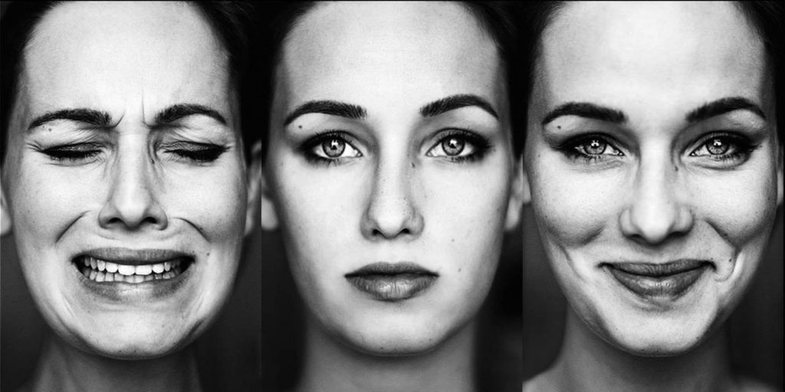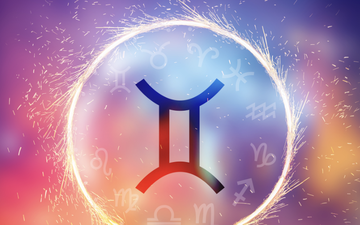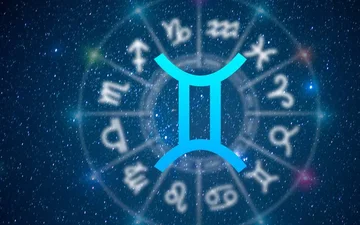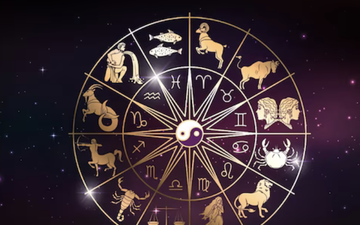
Bipolar disorder is a disease characterized by repeated episodes of mania (and / or hypomanie) and depression. The cause is unknown but most likely to affect genetic, biological and environmental factors.
Types of bipolar disorder
Bipolar Disorder Type I
People suffering from Bipolar have experienced at least one mania episode, usually preceded or followed by hypomanic or depressive episodes.
Bipolar Disorder Type II
People who are suffering from Bipolar II have experienced at least a hypomanic episode, a few depressive episodes, but no manic episode.
Cyclotomy Disorder
People suffering from Cyclotoxic Disorder (or Cyclotymia) experience less humorous fluctuations than those of Bipolar I or II.
Persons suffering from any bipolar disorder may think or attempt suicide. If you are afraid if you and someone else can hurt yourself, seek medical help right away.
What is mania and hypomania?
Mania
Inability to function normally
Sometimes, there is a need for hospital treatment
Episodes last at least a week
More intense episodes may include psychotic symptoms such as delusions and hallucinations
hypomania
Excited humor does not adversely affect work or social events
Symptoms can be treated by the patient himself
Episodes last for at least four consecutive days
Episodes do not include psychotic symptoms
People with bipolar disorder can live normal and productive lives as long as the disease is effectively treated. 1-2 people out of 100 suffer from bipolar disorder worldwide. Men and women are equally affected, although it may take up to ten years for an accurate diagnosis.
If you think you are bipolar, turn to a psychiatrist, a psychologist, or a specialist therapist.





